In a world increasingly shaped by digital learning, it may come as a surprise that more than two million students are currently enrolled in Catholic schools across the United States — and that number continues to grow thanks to the rising availability of online Catholic school options. This enduring appeal speaks to more than just academic excellence; it reflects a rich tradition rooted in faith, intellectual inquiry, and community.
But how did Catholic education become such a cornerstone of learning across centuries and continents? And why is its legacy still so relevant — and even expanding — in today’s virtual age? This article explores the historical foundations of Catholic education and how its timeless values continue to shape students through both traditional and modern formats.
Foundations of Catholic Education: A Legacy of Learning and Faith
The roots of Catholic education stretch back nearly two millennia, with early Church leaders placing strong emphasis on the integration of faith and reason. From the establishment of cathedral schools in the Middle Ages to the rise of prestigious Catholic universities like the University of Paris and Oxford, Catholic institutions played a central role in preserving and advancing knowledge throughout Europe’s intellectual development.
Catholic education has always pursued a dual mission:
- To cultivate spiritual and moral formation through Christian values.
- To foster intellectual growth through rigorous academics grounded in truth.
This balanced approach was driven by the belief that education should shape the whole person — mind, body, and soul.
The Rise of Catholic Schools in America
In the 19th and early 20th centuries, Catholic immigrants in the United States built an extensive network of parish schools to protect their faith and cultural identity. These schools offered affordable, high-quality education rooted in Catholic doctrine, often in response to the Protestant influence in public schools at the time.
By the mid-20th century, Catholic schools had become a significant force in American education. Their success was driven by:
- Strong community ties and parish support.
- A commitment to moral discipline and service.
- High academic standards and college preparation.
Generations of students were educated not just in reading, writing, and arithmetic — but also in history, logic, and virtue, key values that continue to define Catholic education today.
Catholic Education in the Modern Era
While brick-and-mortar Catholic schools remain central to the Church’s mission, the rise of online Catholic school programs is reshaping how Catholic education is delivered. These programs offer the same spiritual and academic foundations as traditional settings, but with the flexibility and accessibility that today’s students need.
Key benefits of online Catholic education include:
- Access to faith-based learning regardless of location.
- Flexible schedules for students with unique needs or commitments.
- Integration of Catholic theology, ethics, and philosophy across all subjects.
Modern Catholic institutions, such as those offering online theology degrees or virtual high school programs, are leveraging technology to reach broader audiences while maintaining the Church’s core educational principles. The study of theology, for example, remains a vital component — helping students explore their relationship with God, understand the teachings of the Church, and apply ethical reasoning in a complex world.
The Timeless Values of Catholic Education
Regardless of delivery method, Catholic education is united by a common vision: forming students who are academically capable, morally grounded, and spiritually enriched.
Catholic education continues to emphasize:
- Faith formation: Encouraging students to grow in relationship with God and live out Gospel values.
- Service to others: Fostering a sense of responsibility to improve the world through compassion and justice.
- Academic excellence: Promoting critical thinking, creativity, and lifelong learning grounded in truth.
These values are not confined to the classroom — they shape the way students see themselves, their communities, and their roles in society.
Looking Ahead: The Future of Catholic Learning
As education continues to evolve, so too does the delivery of Catholic instruction. The growth of online Catholic school programs, particularly at the high school and college levels, reflects a broader trend toward accessible, mission-driven education that meets the needs of a modern world without sacrificing tradition.
What makes Catholic education so enduring is its adaptability. Whether through centuries-old seminaries or cutting-edge digital platforms, the Church continues to provide an education rooted in faith, guided by wisdom, and committed to forming the next generation of servant-leaders.
In summary: The history of Catholic education is one of resilience, innovation, and unwavering commitment to human dignity. Its tradition lives on not just in churches and classrooms, but in every student — online or on campus — who seeks to learn with purpose, live with integrity, and serve with love.

